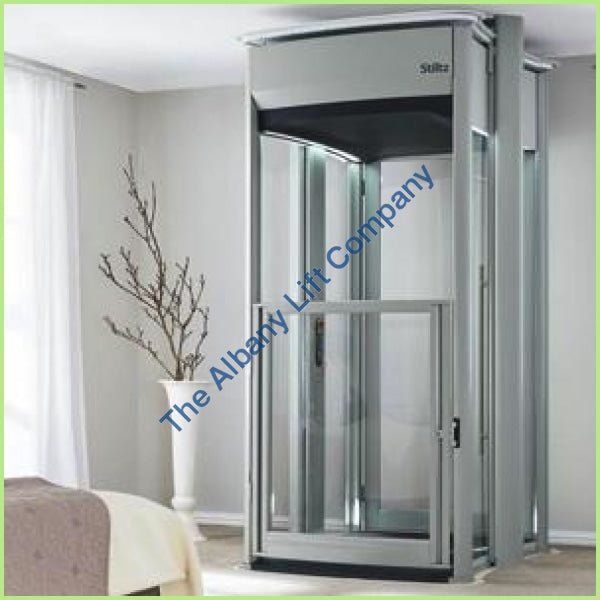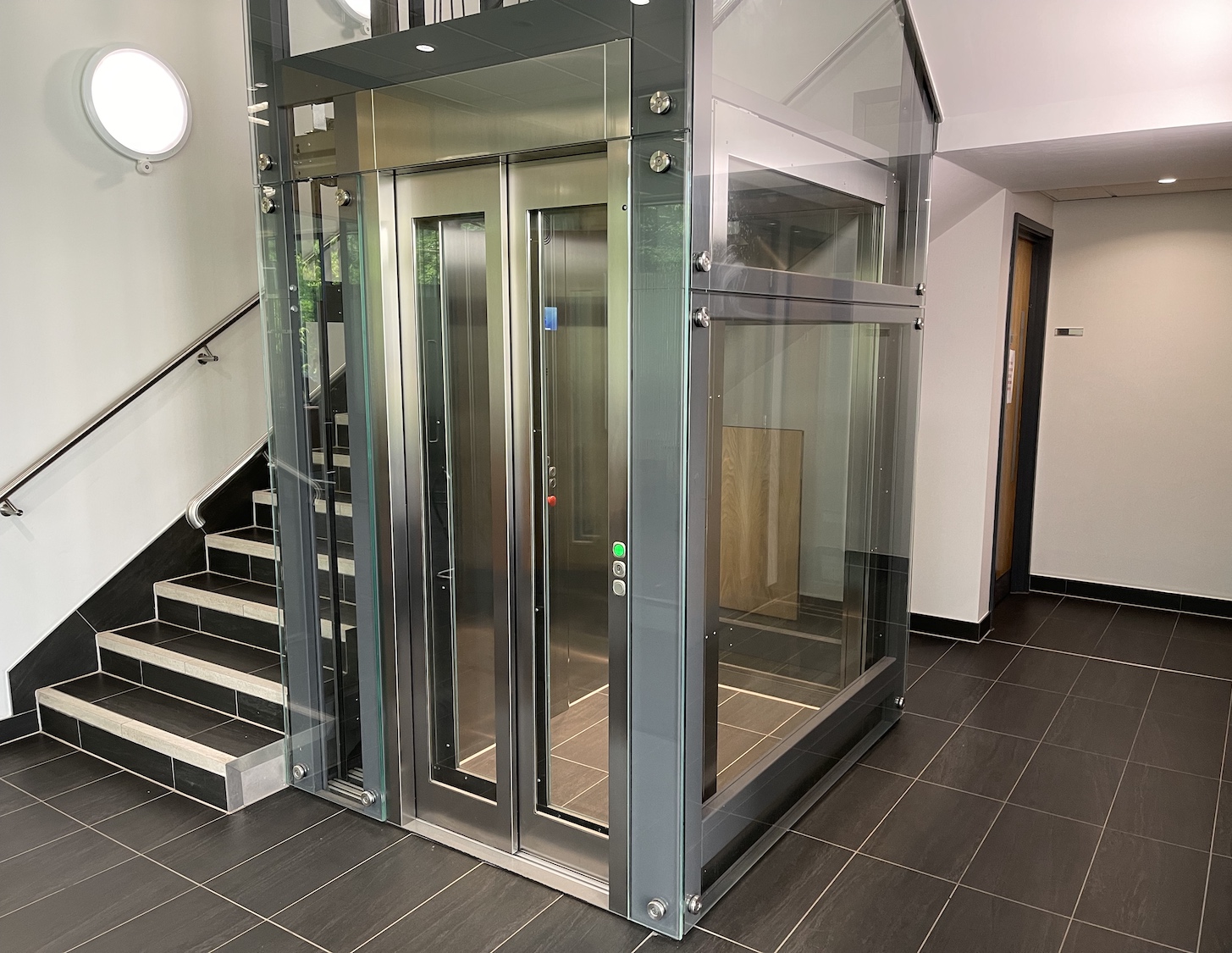Economical Lift Repair Near Me: Professional Service Technicians at Your Solution
Economical Lift Repair Near Me: Professional Service Technicians at Your Solution
Blog Article
Exploring the World of Elevators: Usual Problems Dealt With by Various Lift Devices
As we browse with the upright transportation systems of contemporary buildings, lifts stick out as a crucial part of our day-to-days live. However, behind their smooth operation exists a world of intricate devices that can often experience challenges. From hydraulic lifts to traction systems and machine-room-less styles, each lift type features its set of common problems. Understanding these obstacles is vital for making sure the smooth functioning of these essential systems. Allow's explore the intricacies that underlie the operation of elevators and the possible issues that can develop, shedding light on the detailed web of lift devices.
Hydraulic Elevators
Hydraulic lifts, commonly preferred for low-rise buildings, make use of fluid pressure to manage the activity of the elevator auto (lift repair companies). This mechanism includes a hydraulic pump pressing oil into a cylinder, creating the elevator to relocate in the desired direction. While hydraulic lifts are recognized for their silent and smooth operation, they do include their own collection of common problems
One prevalent issue with hydraulic lifts is oil leakage. The seals in the hydraulic system can wear with time, causing oil seepage. This not just develops a mess however can also affect the lift's efficiency if left unaddressed. In addition, concerns with the control system, such as malfunctioning valves or a malfunctioning pump, can trigger interruptions in the lift's motion.
Normal upkeep and punctual fixings are vital to guarantee the smooth functioning of hydraulic elevators. By addressing these common concerns proactively, structure proprietors can reduce downtime and guarantee the safety and efficiency of their vertical transport system.
Grip Lifts
When taking into consideration upright transport systems in buildings, another common kind apart from hydraulic elevators is the traction lift. Grip elevators operate using a system of ropes and counterweights that relocate the elevator automobile by gripping onto the hoist ropes. This system permits smoother and quicker upright transport compared to hydraulic systems.
Among the usual problems encountered by grip elevators is rope wear. The consistent motion of the ropes within the traction system can bring about tear and use over time, possibly triggering the elevator to breakdown or become unsafe for usage. Regular examinations and maintenance of the ropes are vital to make sure the elevator's correct functioning and safety and security.
Another concern that traction lifts may run into is connected to the control system. Troubles with the control system can result in concerns such as unpredictable activity, delays in feedback times, and even total closures. Routine screening and maintenance of the control system are crucial to stop such issues and make sure the lift's reliability.
Machine-Room-Less (MRL) Lifts

One of the essential components of MRL lifts is the small gearless traction equipment that is set up within the hoistway. This device successfully drives the elevator automobile without the need for cumbersome devices found in typical grip elevators. In addition, MRL elevators generally make use of a counterweight system to balance the cars and truck, additional enhancing their power efficiency.
Despite their benefits, MRL lifts may deal with obstacles associated to repair and maintenance because of the constrained space for devices installment. Ease of access for servicing parts within the shaft can be limited, needing specialized training for technicians. Proper upkeep timetables and regular inspections are vital to ensure the continued smooth operation of MRL lifts.
Overloading and Weight Restriction Issues
Overloading and weight limit issues are crucial issues in elevator operations. Lift manufacturers layout raises with details weight abilities to make certain guest security and devices durability.
When elevators are overloaded, it places too much pressure on the electric motor, cords, and other components, potentially creating breakdowns or malfunctions. If they find excess weight, security mechanisms such as sensing units and overload sensors are in area to avoid elevators from moving. Furthermore, surpassing weight restrictions can cause enhanced energy usage and deterioration on the lift system.
To alleviate overloading concerns, developing managers must prominently present weight limitations in lifts and inform occupants on the relevance of adhering to these constraints - lift repair companies. Routine upkeep checks by qualified technicians can likewise help make sure that elevators are operating within secure weight specifications. By addressing overloading and weight limitation concerns proactively, building proprietors can enhance lift safety and security and effectiveness
Electric System Failures
Going beyond weight limits in lifts can not london lift company just result in mechanical concerns but likewise possibly add to electrical system failings within the lift infrastructure. Electrical system failings are a crucial worry in lift operation, as they can trigger unanticipated closures, malfunctions, and even safety and security risks. One usual electric issue is the getting too hot of elements as a result of excessive current flow brought on by straining the lift beyond its capacity. This can cause harm to the wiring, control, or motor systems, causing costly repairs and downtime.
Moreover, power rises or variations in the electric supply can additionally interfere with the lift's operation, affecting its performance and safety and security. These electric disruptions can damage sensitive elevator parts such as control board, circuit card, or sensors, resulting in system failures. Regular upkeep and examinations are critical to recognize and attend to prospective electrical issues without delay, making certain the secure and efficient operation of elevator systems. By sticking to weight limitations and conducting regular electric system checks, building proprietors can mitigate the threat of electric failures in lifts.
Final Thought

Hydraulic elevators, frequently favored for low-rise buildings, use fluid pressure to manage the movement of the lift cars and truck.When considering vertical transport systems in buildings, an additional common kind apart from hydraulic elevators is the traction lift. Grip lifts operate utilizing a system of ropes and counterweights that move the lift vehicle by gripping onto the hoist ropes. Unlike typical lifts that call lift companies in London for a separate machine room we maintain lifts to house the devices, MRL lifts integrate most of the parts within the shaft, getting rid of the requirement for a devoted maker room.In verdict, elevators encounter usual concerns such as hydraulic malfunctions, grip system failures, and electrical system issues.
Report this page